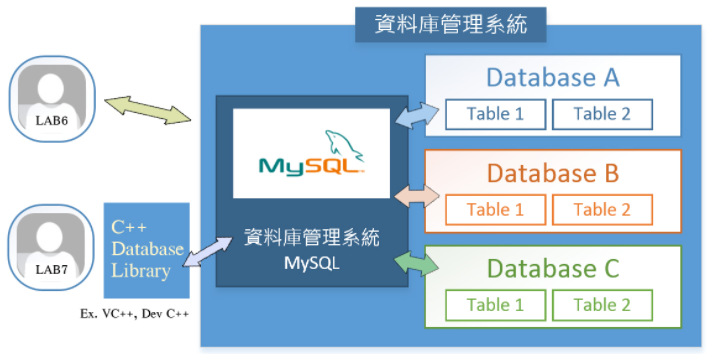AI, 特別是深度學習的 ABC 是 Algorithm, Big data, and Computation.
- Algorithm: CNN (image, vision), LSTM (voice), Transformer (NLP), etc.
- Big data: ImageNet, and other big datasets.
- Computation: GPU, TPU/NPU/APU, etc.
其中 (2) 顯然和 database 高度相關。不過早期的 big data 都是非常結構化的資料,簡單的 table or dataframe 類似 csv 就可以用來 training. 似乎沒有強烈的 database 需求。
AI 幾個趨勢
-
從雲 (cloud) 擴散到端/終端裝置 (edge/device)。對於 cloud 而言,有無限的 computation and storage resources, 1-3 都不是問題。目前端主要是 inference 為主,2 並不重要。不過 on-device learning 越來越重要,edge AI 需要 on-device database 處理 real-time update data.
-
結構化資料變成非結構化資料。甚至 fused structured/unstructured data, e.g. image+voice, video+radar, etc.
-
Centralized learning (and database) 變成 distributed learning (and database). 由於隱私考量,還有 federated learning, etc.
Our Goal
Edge or on-device learning. 可以 real-time training (~1sec)! base on dynamically updated data. 不是等到 idle time or sleep time 才 training. 此時要同時解決 database + learning 的問題。另外也需要支持 distributed learning or federated learning 和 cloud or 其他的 edge device exchange information.
方法
Method 1: Database is database; Learning is learning.
Method 2: Keep your friends close, and your enemies closer -> Keep your ML close, and your data closer. 直接在 database 支持 ML! WHY? *Real-time, low latency * AutoML for database! Extract feature automatically
Database candidate [@choudhuryTopDatabases2020]
Method 1:
SQLite
- Light weight database, python built-in support. 非常適合小型無需網絡作業的應用, e.g. benchmark.
MySQL Most popular open-source relational database manageemnet systems (RDBMS). Acquired by Oracle, paid for commerical application. MariaDB Open source, similar to MySQL (by MySQL inventor) MongoDB Document database. Store data in JSON-like documents. It seems useful for non-stuctured data.
PostgreSQL Extensibility. Tensorflow support PostgreSQL.
Method 1: 傳統 RDBMS
RDBMS (Relational Database Management System) Using SQL (Structured Query Language)
SQLite and DB Browser
參考:[@fishPythonSQLite2018]
很多時候我們會有資料儲存的需求,但又不想花過多的時間在安裝資料庫及種種繁瑣的設定,此時就可以考慮使用 SQLite。Python 內置 SQLite 非常方便。
1. 使用 DB Browser for SQLite 建立 database

Database: benchmark.db
2. 建立 table
RDBMS 是由一張或多張 excel-like tables 組成。我們可以用 DB Browser create “geekbenchmark” table.
一個 table 包含多個 fields, 一般都會放 id 作爲第一個 field, 並設爲 PK (Primary Key)
Field Type and Attribute
基本 field type 有五種: INTEGER, TEXT, BLOB, REAL, NUMERIC
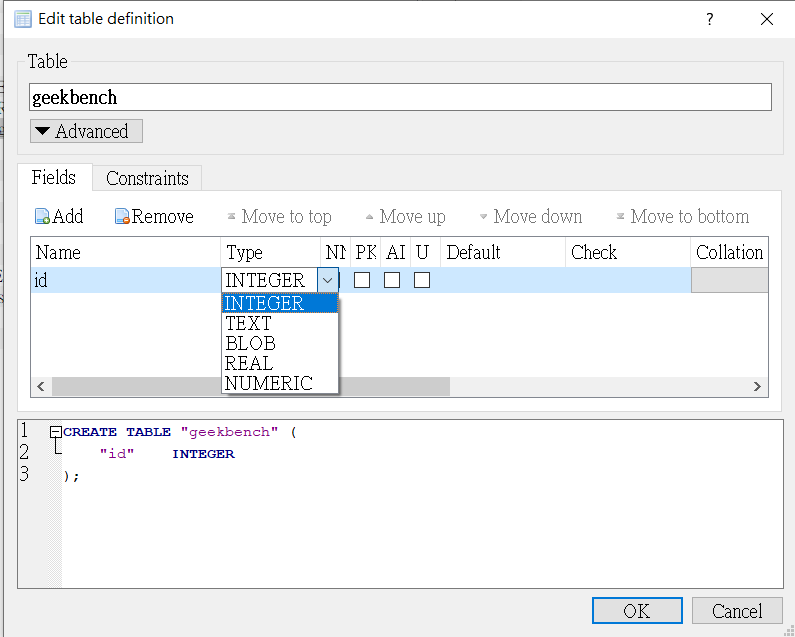
Real = Float?
How about Date?
Attribute: PK: Primary Key; AI: Auto Increment?; U?
Field Name
Field Name: id, Phone, SoC, SC, MC, OpenCL, Vulkan
OK -> Write Change to save the database
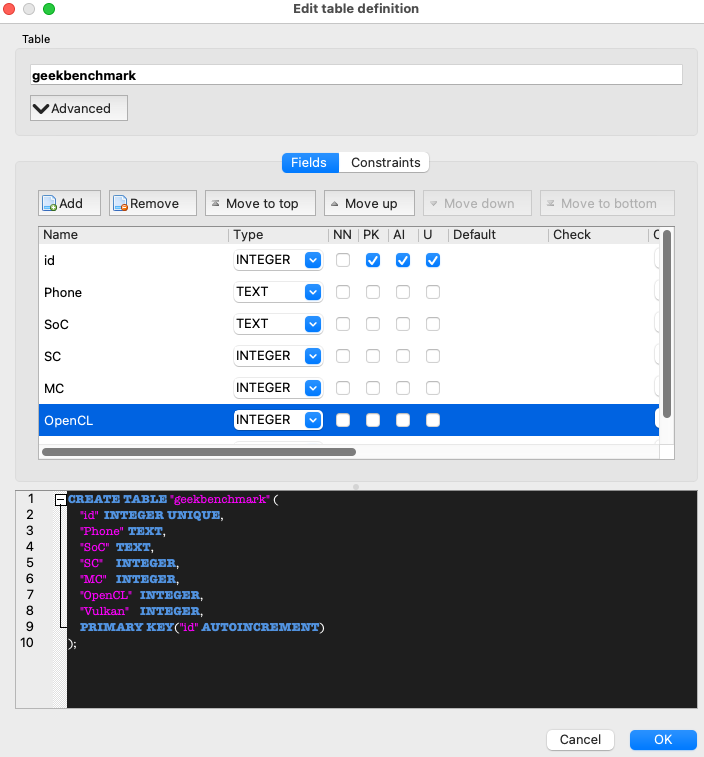
3. Insert Record Using SQL
SQLite 和 MySQL database 的結構和語法基本一樣。好處是 python built-in support to access SQLite database. 第一步是建立 connection and cursor position.2. 把爬下來的資料存在 SQLite database
SQLite 和 MySQL database 的結構和語法基本一樣。好處是 python built-in support to access SQLite database. 第一步是建立 connection and cursor position.
1 | |
一但 connection 建立,接下來就可以直接執行 SQL record insert, update, query, 使用 .execute(“SQL syntax”).
如果要 pass variables, 記得使用 ? in query, 並且 (var1, var2, ), 最後的 “,” 非常重要 (I don’t know why!)
大概就是這樣,ready to go!
SQL 常用語法:
Insert record
1 | |
Update record
1 | |
Query and fetch
1 | |
MySQL and MariaDB
MySQL 和 MariaDB 看來非常相似。但有以下差異
- MySQL is owned by Oracle; MariaDB is open source.
- MariaDB support JSON-like data (MySQL does), and support python connector (MySQL does)?
Suggest to use MariaDB. (give up at the last minute!)
passwd: aluxxx4 or axxxxxxz (mac)
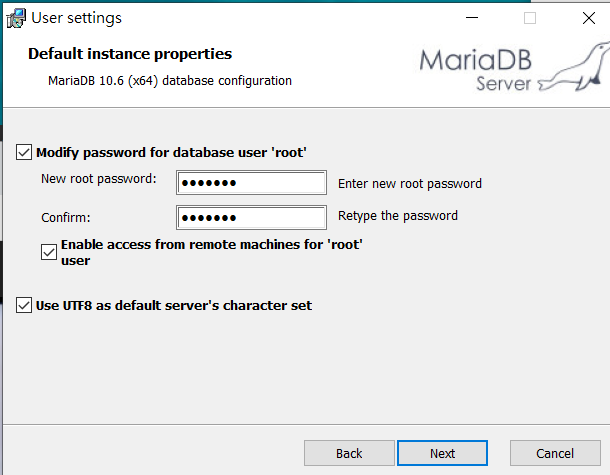

Instead, install MySQL because it is supported by LibreOffice BASE
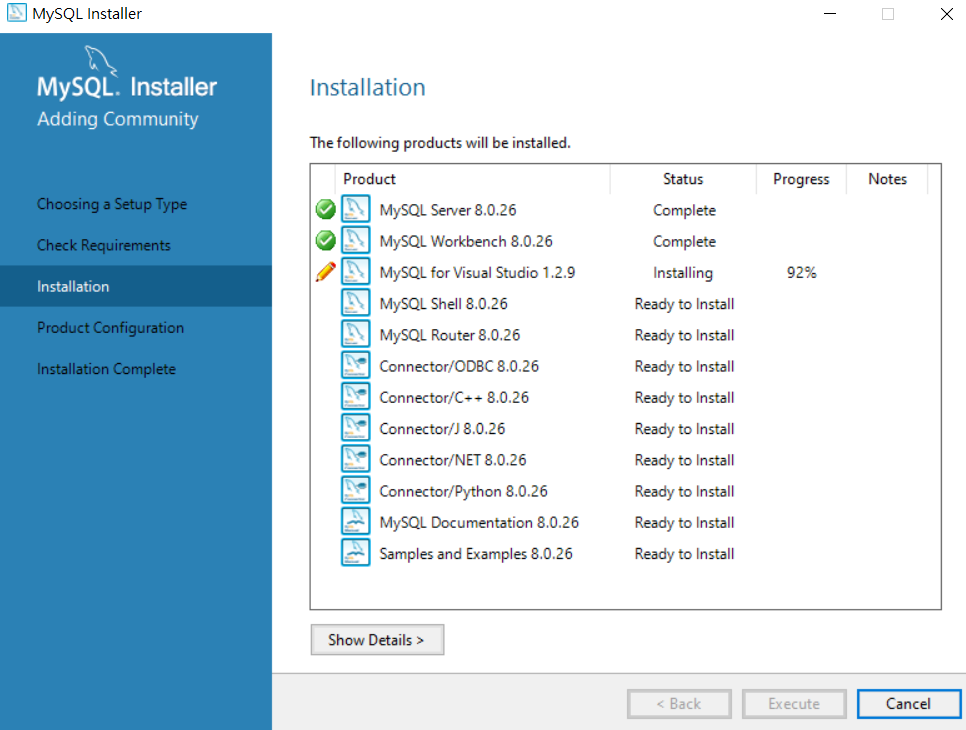
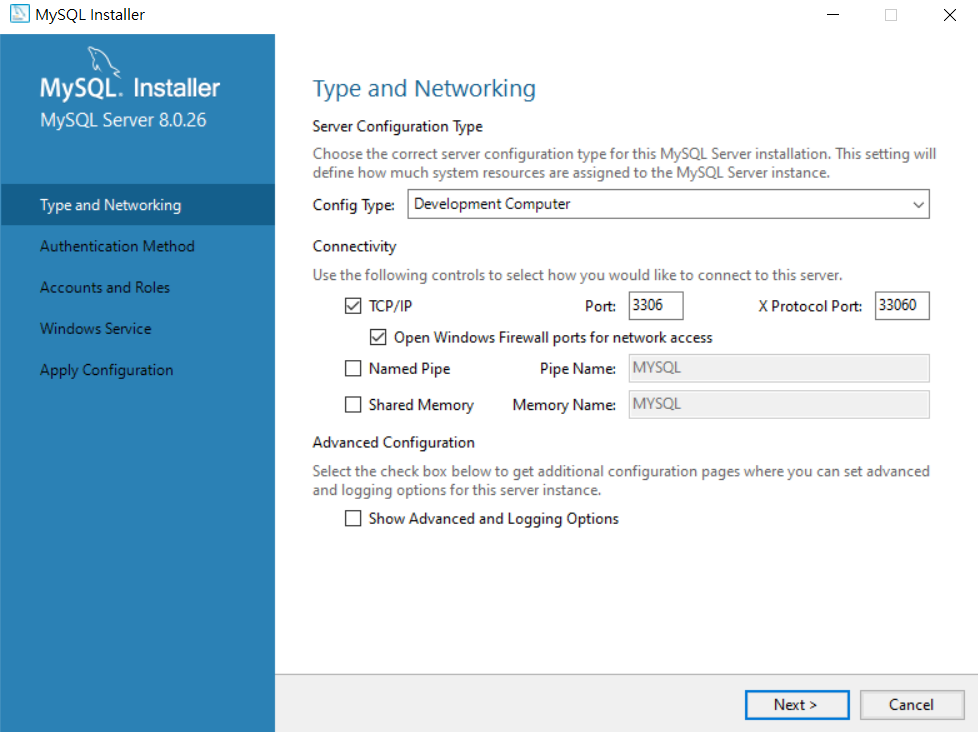 use lagacy authentication!
use lagacy authentication!
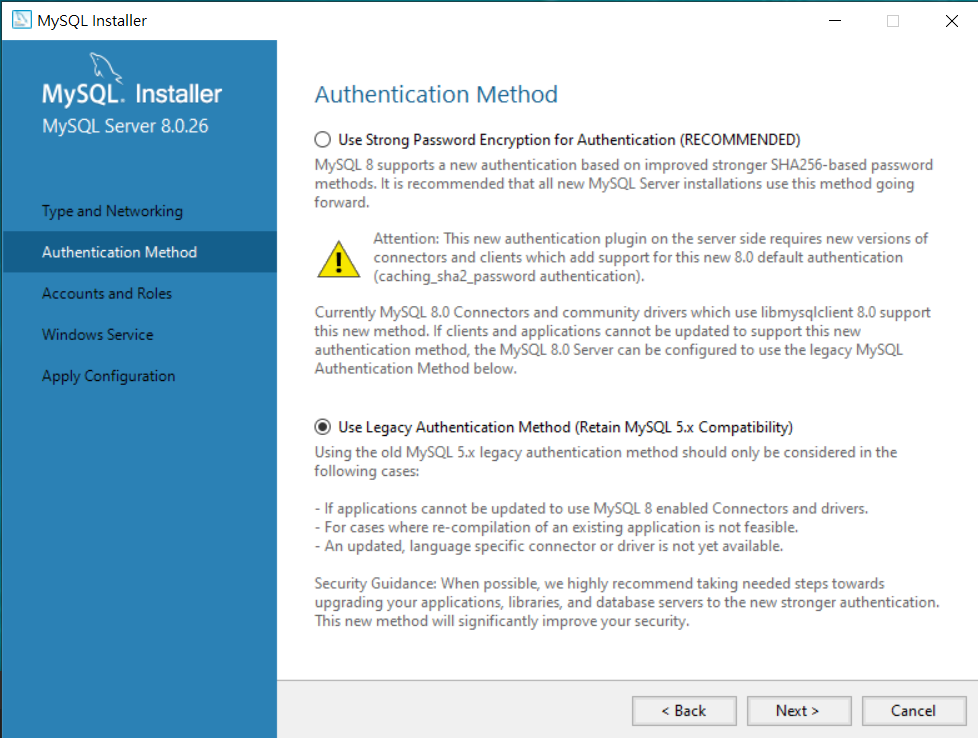
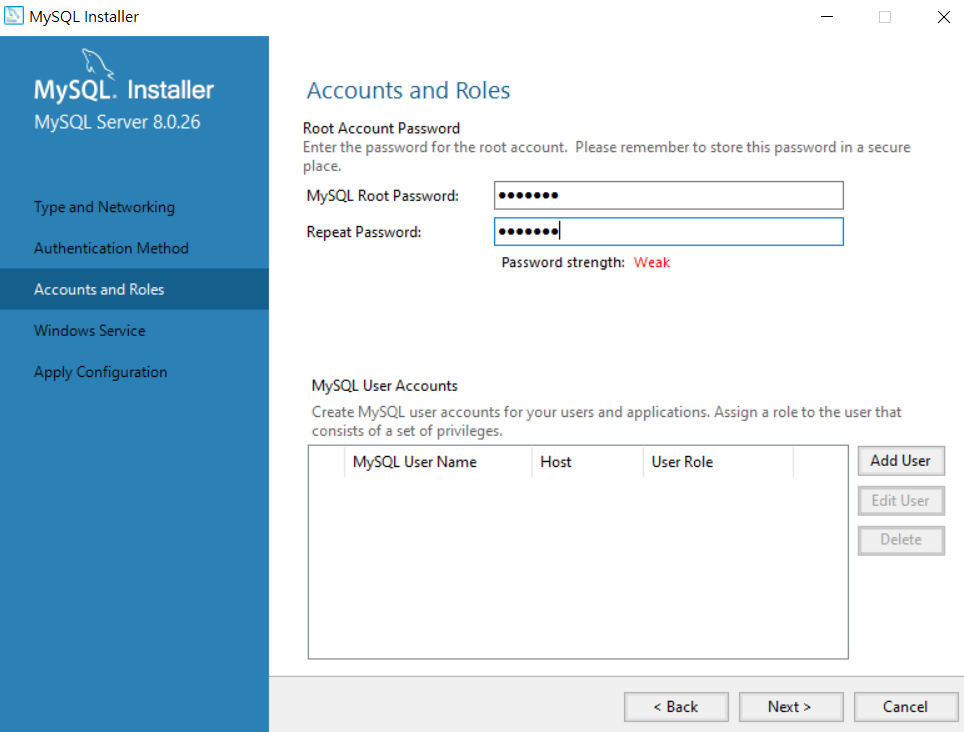

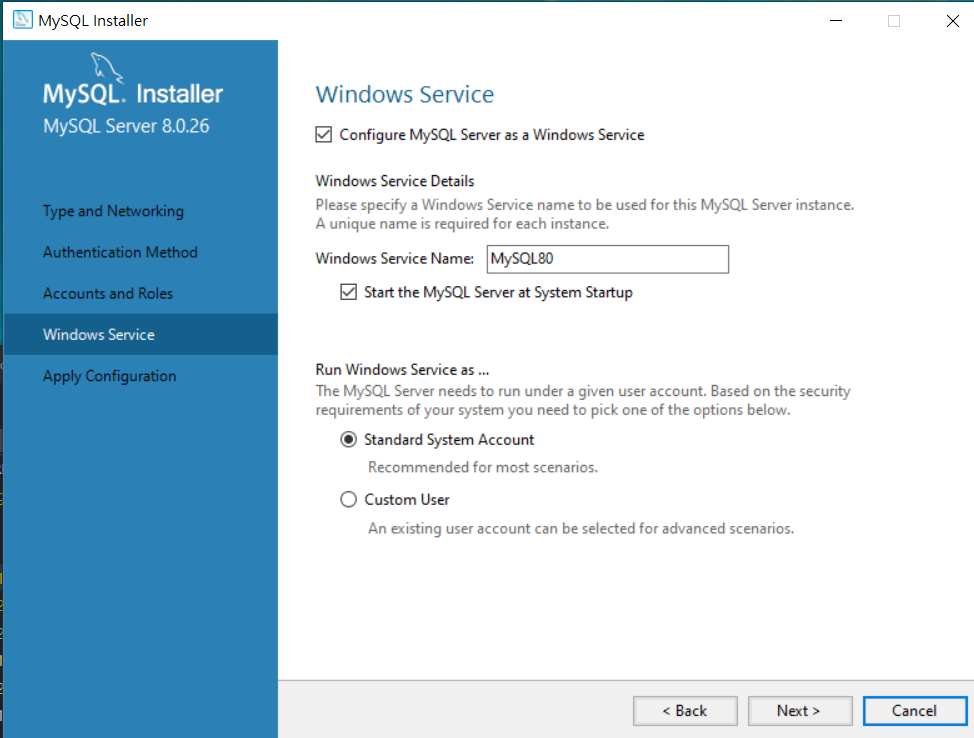
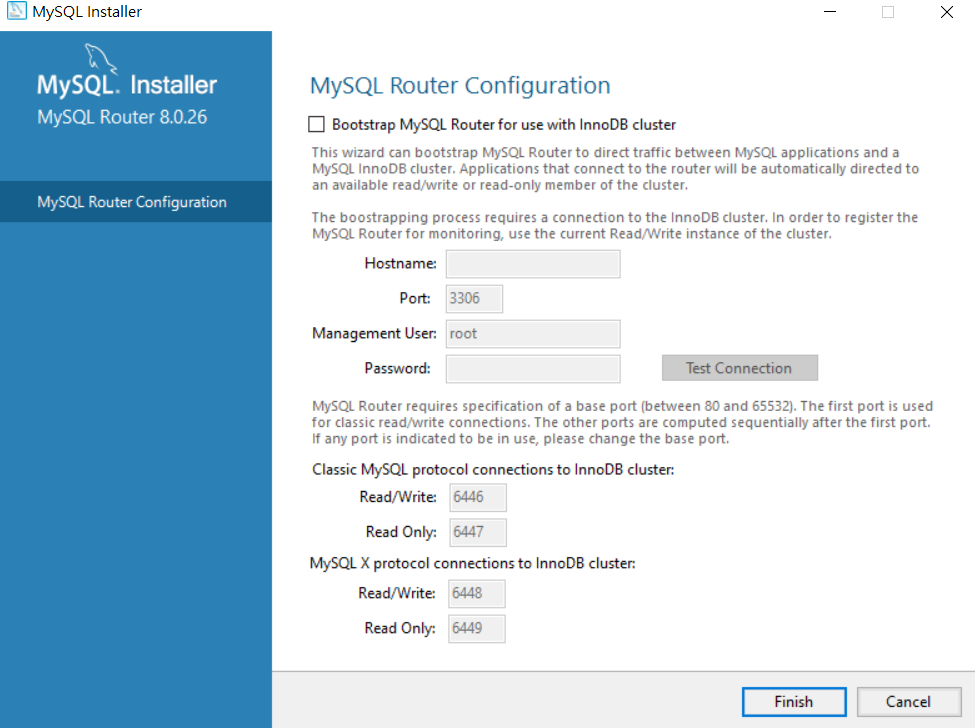
Plan
- Front-end: LibreOffice BASE (or MS Access? Yes)
- Backend-end: MySQL
How to Input .sql file into the database?
- Use MySQL workbench to import an existing .sql database
- 如果沒有 existing database, 手動 keyin all record, only for very small test database
- Use LibreOffice BASE or MS ACCESS to create table
How to access the database?
Set account Create a script to generate the table
一個資料庫管理系統(DataBase Manage-ment System,DBMS)中可以有很多個資料庫,也可以有很多組使用者帳戶,當使用者想要存取資料庫內容時,必須先通過帳戶驗證,下圖說明它們的關係。
MySQL 簡介
MySQL 是一套快速、功能強大的資料庫管理系統。所謂資料庫管理系統(Database Management System, 簡稱為 DBMS),它是透過一組程式模組來組織、管理、儲存和讀取資料庫的資料,任何使用者在操作資料庫時,都需要透過資料庫管理系統來處理。
目前 MySQL 已經成為最流行的開源資料庫,被廣泛地應用在網路上的中小型網站中,也逐漸用於更多大規模網站和應用。
MySQL Workbench 簡介
MySQL Workbench 是一款專為資料庫架構師、開發人員和 DBA 打造的一個統一的視覺化工具。MySQL Workbench 提供了資料建模工具、SQL 開發工具和全面的管理工具 (包括伺服器配置、使用者管理、備份等),可在 Windows、Linux 和 Mac OS 上使用。
新版的 MySQL Workbench 6 介面如上圖所示。最大的改進在於圖形化使用者介面 (GUI) 和工作流,同時為開發人員和 DBA 提供更加現代和精簡的設計、開發和管理資料庫的工具。
Method 2:
MLDB Open source real time prediction endpoints. Integrate ML functions.
Redis built-in Lua scripting, Redis-ML.
MindsDB
隨著網際網路的發展,我們把一台一台伺服器變成多台伺服器。當開始建立資料備份時,需要加一個緩衝層來調整所有的查詢,投入更多硬體。最後,需要將資料切分多個集群上,並重構大量的應用邏輯以適應這種切分。不久之後,你就會發現被自己數月前的設計資料結構限制住了。
隨著web2.0的興起,關聯式資料庫本身無法克服的缺陷越來越明顯,主要表現為如下幾點: 1.對資料高併發讀寫的需求 2.對海量資料的高效率存儲和訪問的需求。 3.對資料庫的高可擴展性和高可用性的需求。 4.資料庫事務一致性需求。 5.資料庫寫實性和讀寫時性需求。 6.對複雜SQL的查詢,特別是對關聯查詢的需求。
NoSQL是Notonly SQL的縮寫,NoSQL不使用SQL作為查詢語言。其資料存儲可以不需要固定的表格模式,也經常避免使用SQL的join操作,一般有水準可擴展性的特徵。
NoSQL又分成四大類: 1.Key-Value,如Redis。 2.Document-Oriented,如MongoDB。 3.Wide Column Store,如Cassandra。 4.Graph-Oriented,如Neo4J。 而本篇要介紹的主角則是Key-Value的Redis。
